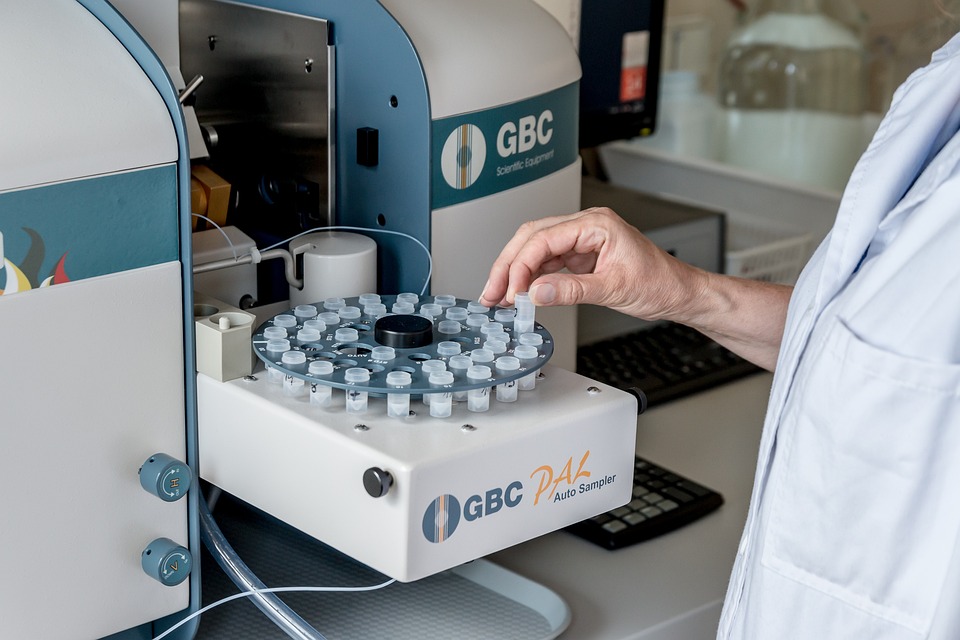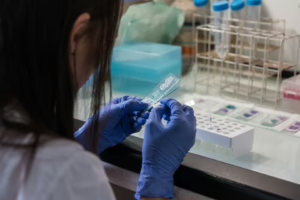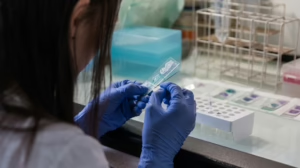Beyond the Numbers: The Role of Critical Thinking in Math Exams
Mathematics is often viewed as an abstract realm, filled with numbers, symbols, and formulas that seem alien to many students. Yet, at its core, mathematics is not just about rote memorization or mechanical calculation; it is fundamentally about problem-solving and critical thinking. This article explores the significance of critical thinking in math exams and how it can transcend mere number crunching to foster a deeper understanding of mathematical concepts.
The Nature of Mathematics
Mathematics is often mistakenly perceived as a field focused solely on computation. While arithmetic skills are undoubtedly essential, they represent only a small facet of what mathematics entails. Mathematics is a language that describes patterns, relationships, and structures. It provides the tools necessary to model real-world phenomena, make predictions, and solve problems. Critical thinking is the cognitive process that allows students to navigate these complexities.
What is Critical Thinking?
Critical thinking involves analyzing facts, evaluating arguments, and synthesizing information to make informed decisions. In the context of mathematics, it means going beyond simple calculations to understand concepts deeply, discern connections between ideas, and apply mathematical reasoning to novel problems.
The Importance of Critical Thinking in Math
-
Enhanced Problem-Solving Skills: Critical thinking equips students with the ability to approach problems systematically. Instead of applying memorized formulas, students learn to dissect problems, understand their components, and develop strategies to solve them.
-
Deep Understanding of Concepts: When students think critically about math, they are compelled to understand the ‘why’ behind mathematical processes. This foundational comprehension fosters long-term retention and the ability to apply concepts in various contexts.
-
Application to Real-World Scenarios: Critical thinking in math allows students to relate mathematical ideas to real-world situations. For instance, understanding statistics and probability is crucial for making informed decisions in everyday life, from interpreting data to evaluating risks.
- Fostering Creativity: Mathematics is not purely algorithmic; it also involves creativity. Critical thinking encourages students to explore multiple approaches to a problem, leading to innovative solutions and a greater appreciation for the subject’s aesthetic aspects.
The Intersection of Critical Thinking and Math Exams
Math exams often emphasize computational skills, sometimes at the expense of critical thinking. However, those exams that integrate critical thinking elements often yield a more accurate assessment of a student’s capabilities.
Exam Formats That Encourage Critical Thinking
-
Open-Ended Questions: Instead of straightforward calculations, exams can include open-ended questions that require students to explain their reasoning. Such questions challenge students to articulate their thought processes, fostering deeper understanding.
-
Real-World Problems: Incorporating real-world applications into math exams allows students to utilize critical thinking. For instance, presenting a problem based on current events or practical scenarios encourages students to draw connections between mathematical theories and real life.
-
Multiple-Strategy Problems: Questions that allow for multiple methods of solution encourage critical thinking. Students can choose an approach that suits their understanding, allowing for personalized problem-solving pathways.
- Justification of Methods: Asking students to explain why they chose a particular method to solve a problem necessitates critical engagement with the material, pushing them to articulate their mathematical reasoning.
The Role of Teachers in Promoting Critical Thinking
Teachers play a pivotal role in fostering critical thinking in math exams. By integrating teaching strategies that enhance this skill, they can help students navigate the challenging terrain of mathematics.
Best Practices for Teachers
-
Encourage a Growth Mindset: Educators should promote the belief that abilities can be developed through dedication and hard work, emphasizing the value of learning from mistakes. This mentality opens the door to risk-taking and experimentation in problem-solving.
-
Interactive Learning Environments: Collaborative learning encourages students to communicate their thought processes, listen to others, and engage in discourse about mathematical ideas. Group work fosters critical thinking by allowing students to tackle complex problems together.
-
Promote Questioning: Creating a classroom culture where questioning is encouraged can spark curiosity and deeper exploration of mathematical concepts. Teachers should model questioning strategies, prompting students to think critically about their responses.
- Assessment Feedback: Providing detailed feedback on exams, particularly regarding problem-solving processes, helps reinforce critical thinking. A focus on the reasoning behind answers, rather than just correctness, allows students to learn from their mistakes.
Case Studies: Critical Thinking in Action
Case Study 1: Integrating Real-World Math Problems
In a high school statistics class, a teacher replaced standard multiple-choice questions with real-world data analysis scenarios. Students were given datasets related to environmental issues, such as climate change or pollution statistics, and tasked with drawing conclusions based on their analyses.
This approach required students to think critically about how data can be interpreted, recognizing biases and limitations while applying statistical methods. The result was not only improved critical thinking skills but also heightened student engagement and awareness of real-world issues.
Case Study 2: Open-Ended Questions
Another study involved a middle school math class where traditional exams were supplemented with open-ended questions. For instance, students were asked to create their own mathematical problems and articulate the solution process. This shift promoted creativity and critical thinking, as students not only solved problems but also created new ones, thereby deepening their understanding of mathematical principles.
Case Study 3: Collaborative Problem Solving
A group of educators implemented collaborative problem-solving sessions in college-level calculus courses. Students formed small groups and worked on challenging problems simultaneously, discussing their thought processes and potential solutions. This collaborative approach fostered dialogue, exposed students to diverse perspectives, and refined their critical thinking skills.
Challenges in Implementing Critical Thinking Strategies
While the benefits of integrating critical thinking into math education are clear, several challenges persist.
Standardized Testing
Standardized testing often prioritizes computational skills over critical thinking. Students are typically required to select answers quickly rather than engage in thoughtful problem-solving. As a result, educational institutions may be reluctant to employ critical thinking-focused assessments, fearing negative impacts on overall test scores.
Curriculum Constraints
Existing curricula can be rigid, leaving limited room for integrating critical thinking approaches. Teachers may find it difficult to align critical thinking exercises with mandated standards and learning objectives.
Time Constraints
The demand for covering extensive syllabi within a limited timeframe necessitates a focus on rote learning. In such environments, teachers may bypass critical thinking exercises in favor of traditional lectures and practice problems.
Resistance to Change
Some educators may be resistant to change due to familiarity with conventional teaching methods or lack of training in fostering critical thinking. A cultural shift within educational institutions is required to promote innovation and critical engagement.
Strategies for Overcoming Challenges
-
Advocacy for Reform: Educators should advocate for reforms in assessment practices at the district and state levels that prioritize critical thinking. Collaboration among educators can lead to more comprehensive approaches that balance computational skills with critical engagement.
-
Flexible Curricula: Schools should consider adopting more flexible curricula that allow room for critical thinking activities. This might involve integrating project-based learning or interdisciplinary approaches that relate math to other subjects.
-
Professional Development: Providing ongoing training for teachers on critical thinking strategies in mathematics can empower educators to implement new methodologies effectively.
- Incorporating Technology: Educational technology can be harnessed to create engaging platforms that promote critical thinking. Interactive software, simulations, and apps can offer students opportunities to engage with mathematical concepts in meaningful ways.
Conclusion
The role of critical thinking in math exams extends far beyond mere computations. It fosters a deeper understanding of mathematical concepts and prepares students for real-world problem-solving. By promoting critical thinking in math education, educators can cultivate a generation of students who are not only adept at calculations but also capable of navigating complex problems, making informed decisions, and applying their skills to real-world situations.
In an era where critical thinking is increasingly essential, it is vital that stakeholders in education continue to advocate for changes that prioritize this skill in assessment and instruction. By doing so, we can reshape the landscape of mathematics education, preparing students for the challenges of the future.


























Add Comment